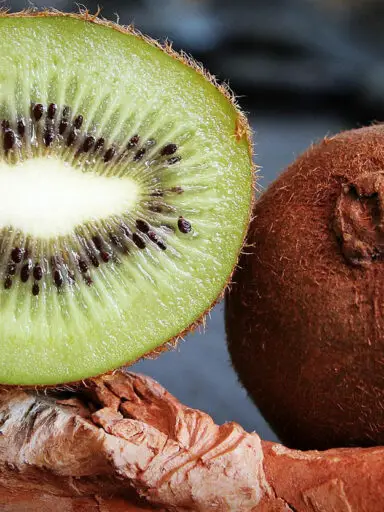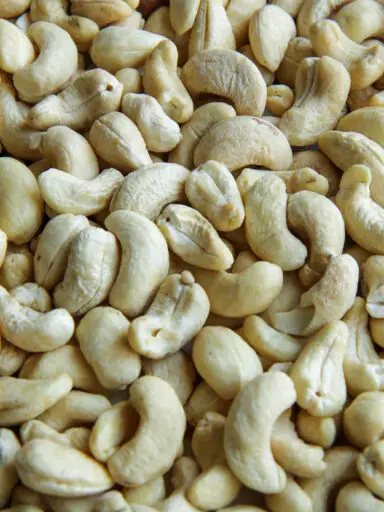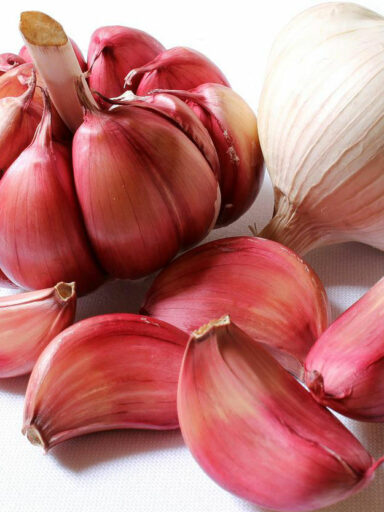The pineapple is a versatile plant most commonly known for its fruit. The plant, however, is useful for its leaves as well which produce fiber used to make garments, especially in the Philippines. It is also used to make furniture and paper products such as wallpaper.
The pineapple is also known as “ananas” or scientifically “Ananas comosus” and belongs to the family of Bromeliaceae. It is a tropical, perennial, and drought-tolerant plant. The oval fruit the plant bears is a compound fruit or multiple fruits. This means it is formed out of several fused berries, also called pineapples.
The plant originated in South America in the area between Brazil and Paraguay. The plant takes five to ten months to mature to the point of flowering. It then takes another six months to bear fruit. Mature pineapple plants grow to about one to one and a half meters tall.
The mature oblong-shaped fruit can be anything from four inches to twelve inches long without the top leaves. It can weigh up anything from one to eight pounds or more depending on the size. The outer skin is rough, tough, scaly, and bitter. The inner edible flesh is white, yellowish to orange-yellow, or reddish depending on how ripe the fruit is.
The juice has a rich, tart flavor and is very sweet to taste. The juice tends to be creamy white to yellow in appearance.
When selecting fruit in the stores, look for those that feel heavy for their size. The entire fruit should be firm and free from bruises or soft spots. It should not have mold, darkened eyes, and any other blemishes. When taped it should not sound hollow.
From the farm, pineapples should be picked when ripe as they stop ripening after harvest. Ripe fruit also perishes rather quickly at room temperature, therefore one must purchase it as close to possible when one intends to consume it. If refrigerated it can keep for much longer periods. Cut pineapple can be stored in a refrigerator for a few days stored in an airtight container.
How to Prepare Pineapple for Culinary Uses
Basically, you need to break off the crown and wash the remaining fruit to remove dirt, soil, pesticide residue, cobwebs and insect eggs, and all impurities. With a sharp knife, chop off both ends. Lay the pineapple with one of the chopped ends on the chopping board. Cut off the skin from top to bottom to leave the entire pulp.
If there are any eyes left, you may remove them with the knife. We prefer using a knife rather than pineapple corers because the latter tends to waste a lot of nutritious pulp which can be saved when using a knife.
You can then cut this fleshy pulp into slices, cubes, or pieces as desired. The center of the pineapple running from crown to base can also be removed as it tends to be harder and less sweet than the rest of the fruit pulp. It is, however, edible and can be left as part of the dish as the recipe calls.
Pineapple is great when eaten raw or cooked all the same. It is used as a great addition to fruit salad, stuffing, and topping preparations. It can be used to make drinks such as fresh juice, fruit, and alcoholic cocktail drinks, it can be used to flavor smoothies, sauce, ice cream as well as other dessert goods.
It is used as a filling in pies and is an integral part of the famous Pineapple Upside Down Cake. Commercially it is used to prepare Jam, Jelly, Candy, and other confectioneries and dessert preparations. Generally, it can be used as a garnish and a flavoring agent.
Pineapple is low in fats and is a good source of carbohydrates. It contains no cholesterol and gives 50 calories per 100 grams. It is also a good source of soluble and insoluble dietary fiber. This fruit is rich in vitamin C, minerals, and antioxidants.
It comes with small amounts of Vitamin A and B complex vitamins. These include Folates, Niacin and Thiamin. It is also a good source of Pyridoxine.
You also get the benefit of getting good amounts of copper and manganese from pineapple. It has small amounts of iron, magnesium, and potassium.



